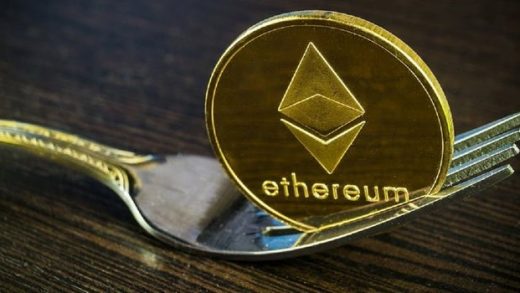- The Federal Reserve has publicly recognized the potential of XRP and XLM in facilitating the blockchain aspect of the FedNow Payment System.
- This acknowledgement signifies a notable step toward integrating digital assets into the traditional financial infrastructure.
- The consideration of XRP and XLM showcases the growing recognition of blockchain technology’s benefits in enhancing payment systems.
In a significant development that highlights the evolving landscape of digital assets and traditional finance, the Federal Reserve has made public its consideration of utilizing XRP and XLM in the blockchain infrastructure of the FedNow Payment System. This announcement signals a progressive step toward embracing the potential of digital assets in enhancing payment systems and streamlining financial transactions.
The Federal Reserve, the central banking system of the United States, has expressed interest in exploring the integration of XRP and XLM to power the blockchain component of its innovative FedNow Payment System. The recognition of XRP and XLM’s capabilities in facilitating secure, fast, and cost-effective transactions demonstrates the growing acceptance of blockchain technology within traditional financial institutions.
🚨BREAKING: The Federal Reserve has publicly stated that $XRP and $XLM may be used to facilitate the Blockchain Aspect of their FedNow Payment System. pic.twitter.com/HDgK3pwbZ8
— CryptoGeek (@CryptoGeekNews) July 8, 2023
By considering the adoption of XRP and XLM, the Federal Reserve acknowledges the potential of digital assets to transform the efficiency and reliability of payment systems. The utilization of blockchain technology can enhance the speed, transparency, and security of financial transactions, offering significant benefits to both individuals and businesses.
The FedNow Payment System aims to establish a real-time payment infrastructure that operates 24/7, allowing instant and seamless transactions between financial institutions. By incorporating the blockchain aspect powered by XRP and XLM, the Federal Reserve recognizes the value of distributed ledger technology in ensuring the integrity and efficiency of payment processing.
This move by the Federal Reserve represents a significant step forward in the integration of digital assets into the traditional financial system. The consideration of XRP and XLM showcases the increasing recognition of blockchain’s potential to revolutionize payment systems, improve cross-border transactions, and foster financial inclusion.
As the Federal Reserve explores the possibilities of XRP and XLM within the FedNow Payment System, it demonstrates a willingness to embrace emerging technologies and harness their transformative power. This forward-thinking approach can accelerate the adoption and integration of digital assets into mainstream financial infrastructure, paving the way for a more inclusive and efficient financial ecosystem.
While the Federal Reserve’s consideration of XRP and XLM in the blockchain aspect of the FedNow Payment System is an encouraging development, it is important to note that further evaluation and deliberation are required before any formal implementation. The Federal Reserve aims to ensure the reliability, security, and compliance of the payment system while exploring innovative solutions.
In conclusion, the Federal Reserve’s recognition of XRP and XLM’s potential in powering the blockchain infrastructure of the FedNow Payment System marks an important milestone in the integration of digital assets into traditional finance. This acknowledgment underscores the transformative capabilities of blockchain technology and positions XRP and XLM as potential catalysts for enhancing payment systems in the future. As the Federal Reserve continues to explore and embrace emerging technologies, the landscape of digital assets in the financial ecosystem is poised for significant growth and evolution.
Stay tuned for further updates as the Federal Reserve progresses in its exploration of integrating XRP and XLM into the FedNow Payment System’s blockchain infrastructure.












